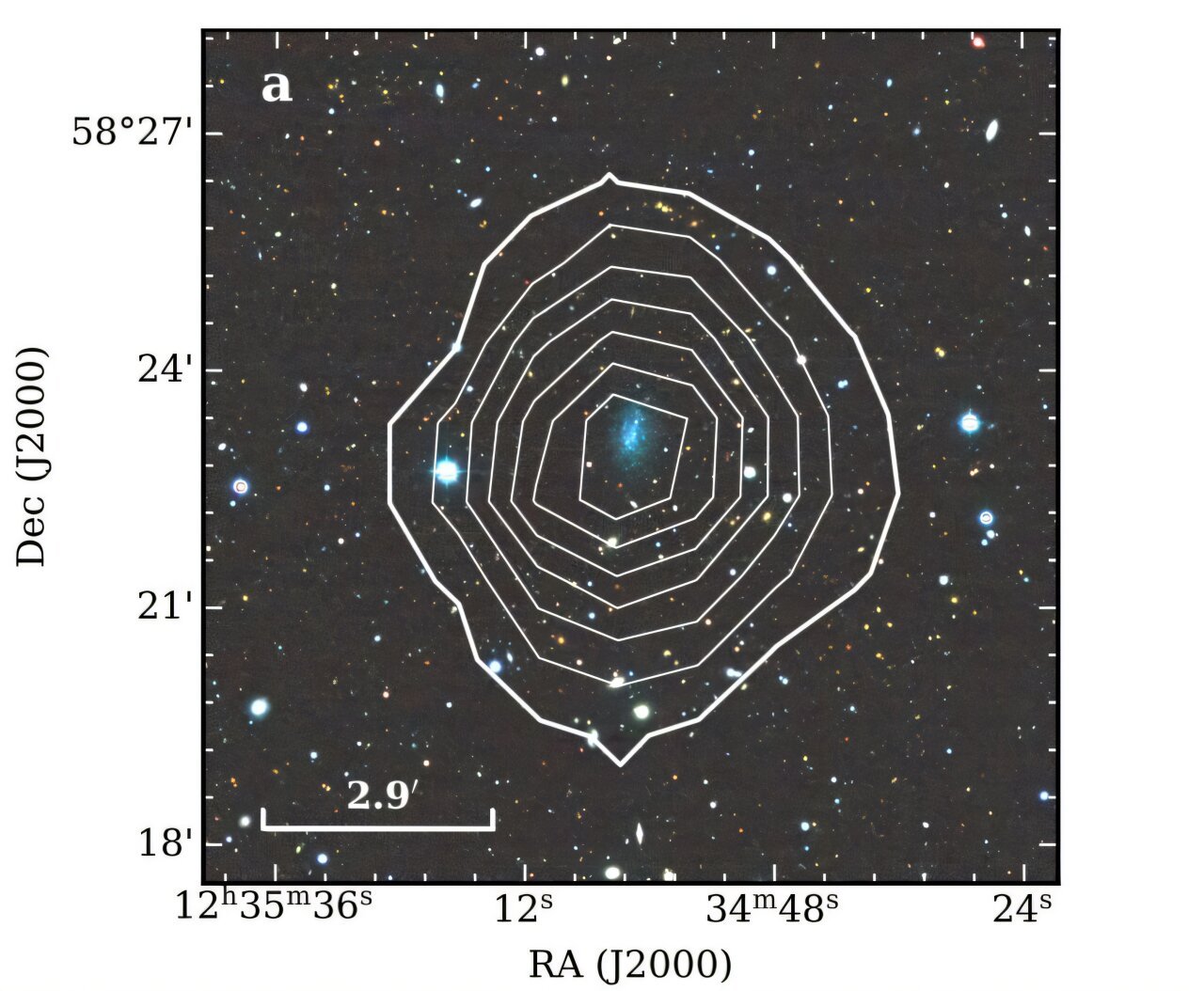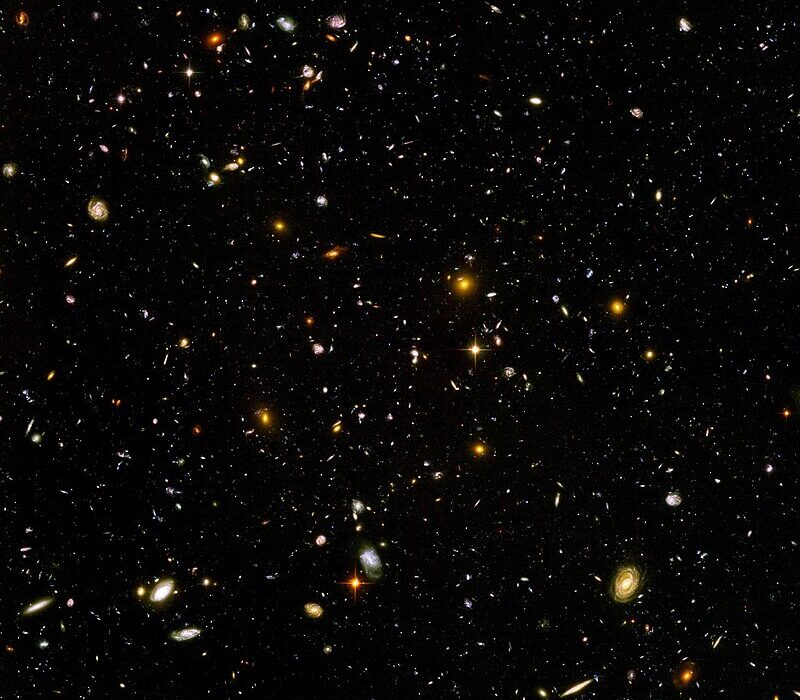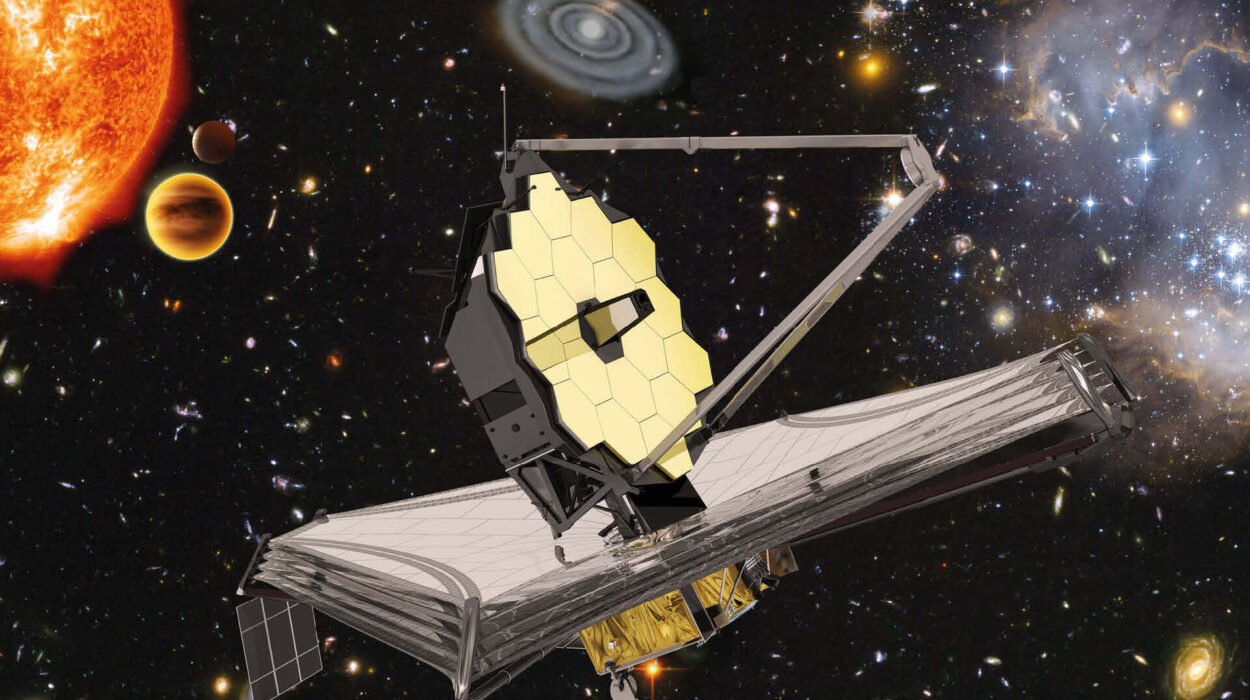Imagine peering deep into the cosmos and uncovering a tiny, ancient city, one that has survived billions of years relatively untouched—its secrets locked away in the faint glimmer of its stars. That’s exactly what astronomers using China’s colossal Five-hundred-meter Aperture Spherical radio Telescope (FAST) have done. They’ve detected a ghostly galaxy on the edges of our cosmic neighborhood, and it’s turning heads in the astronomical community. Meet KK153, a newly identified ultra-faint dwarf galaxy (UFD) that’s rewriting what we know about these ancient galactic relics.
This exciting discovery, led by Jin-Long Xu and his team at the Chinese Academy of Sciences (CAS), was published on March 12 in a preprint on arXiv. It’s more than just a new dot on the cosmic map; it’s a potential window into the early universe.
Why Ultra-Faint Dwarf Galaxies Matter
Ultra-faint dwarf galaxies are cosmic fossils—small, dim, and ancient. They are among the oldest and most primitive galaxies we can observe, holding on to their secrets from the early days of the universe. These galaxies are incredibly dim because they barely have any stars, and their stars are often very old and poor in heavy elements—astronomical indicators of cosmic antiquity.
But that’s not all. UFDs are also some of the most dark matter-dominated systems we know. Dark matter—an elusive, invisible substance thought to make up most of the universe’s mass—reveals itself through its gravitational pull, and UFDs are laboratories for studying it. Because they have so little visible matter (stars and gas), their movements are largely governed by the gravitational influence of dark matter.
A Cosmic Treasure Hunt: FAST’s FASHI Survey
To hunt for these galactic relics, Xu and his team are carrying out an ambitious survey using FAST, known as the FAST Extragalactic HI Survey (FASHI). Their mission? Find the faintest, weakest, and darkest galaxies, often hiding behind clouds of neutral atomic hydrogen gas—what astronomers call H I.
By focusing on compact clouds of H I moving slowly (below 250 km/s), the team hopes to identify possible galaxies within the Local Group—our galactic neighborhood—or its fringes. It was during one of these searches that they stumbled upon something unusual.
The Discovery of KK153: A Galaxy Hiding in Plain Sight
Amid the data, Xu’s team found an isolated gas cloud zipping through space at about 127 km/s, relative to the sun. Zeroing in on this cloud with their instruments, they discovered its optical counterpart: a faint, barely visible galaxy known as KK153, also cataloged as LEDA 41920.
At first glance, KK153 seemed unassuming, but a closer look revealed it’s a gas-rich ultra-faint dwarf galaxy—a rarity in the cosmic census. Nestled about 6.5 million light-years from Earth, it lies in the outskirts of the Local Group, making it a relatively close neighbor in astronomical terms.
What Makes KK153 So Special?
This little galaxy is a galactic lightweight. Its stellar mass is just 410,000 times the mass of our Sun. By comparison, our own Milky Way has a stellar mass of more than 60 billion solar masses! But KK153 isn’t just a collection of old stars—it’s loaded with neutral atomic hydrogen gas, clocking in at 520,000 solar masses.
That gas-to-star ratio gives it a neutral gas fraction of 0.63, which is unusually high for galaxies this faint and small. Essentially, more than half of its visible mass is in the form of gas, which means it’s still capable of forming new stars. And that’s exactly what it’s doing.
KK153 is actively forming stars, mostly in its inner disk, giving it a vibrant blue hue—a hallmark of young, hot stars blazing in the darkness. But it’s not just a newborn nursery; the galaxy also contains red-colored stars, ancient elders that offer a record of its long history.
A Galaxy With a Tale of Two Temperatures
Another intriguing aspect of KK153 is its two-phase neutral medium. In plain terms, this means that the gas in the galaxy exists in two distinct temperature states: a cool phase hovering around 200 K (-73°C) and a warm phase at 7,400 K (over 7,000°C). This two-phase medium is common in gas-rich dwarf irregular galaxies, providing the right conditions for star formation while also preserving some of its primordial gas.
Small but Mighty: KK153’s Dynamical Secrets
While KK153 may be diminutive, its dynamical mass—the total mass inferred from the motions of stars and gas under gravity—was estimated at around 69 million solar masses. That’s huge when you consider how little visible matter it contains. This enormous discrepancy between the galaxy’s visible mass and its dynamical mass suggests that KK153, like other UFDs, is dominated by dark matter. In fact, dark matter likely makes up the bulk of the galaxy’s mass, holding it together against the gravitational pull of larger galaxies and cosmic tides.
A Glimpse Into Cosmic History
So, what does the discovery of KK153 tell us about the universe?
For starters, it reinforces the idea that ultra-faint dwarfs are time capsules from the early universe. Their lack of chemical enrichment and their reliance on dark matter make them prime candidates for studying how galaxies first formed. They’re ancient relics, having lived quietly on the outskirts of larger galaxies, where they escaped major cosmic collisions and mergers.
The fact that KK153 is gas-rich and actively forming stars makes it even more intriguing. It offers a rare chance to study both ancient stars and newborn stars in the same environment, helping astronomers piece together how star formation works in these primitive settings.
Why FAST Is a Game Changer
FAST, nicknamed the “Eye of Heaven,” is the world’s largest filled-aperture radio telescope. With its vast 500-meter diameter, it can detect incredibly faint signals from deep space, making it the perfect tool for hunting elusive galaxies like KK153.
By scanning the skies for neutral atomic hydrogen, FAST enables astronomers to find galaxies that are invisible to optical telescopes—either because they’re too faint, too distant, or simply hidden behind clouds of gas and dust.
Xu’s team hopes that FASHI will uncover even more hidden galaxies. Each discovery adds another piece to the puzzle of our cosmic history, offering clues about how galaxies formed, how dark matter shaped the universe, and what conditions prevailed in the cosmic dawn.
The Road Ahead: What’s Next?
KK153 is just the beginning. As surveys like FASHI continue, astronomers expect to uncover hundreds more ultra-faint dwarf galaxies. Each one is a natural laboratory for understanding the mysteries of dark matter, star formation, and galactic evolution.
Further observations—perhaps with FAST, optical telescopes, or even space telescopes like James Webb—could reveal more about KK153’s chemical composition, star formation history, and dark matter halo.
In Conclusion
KK153 might be a small galaxy, but it carries big implications. It’s a relic from a distant past, a tiny survivor from a time when galaxies were just beginning to form. Thanks to the keen eyes of FAST and the dedication of astronomers like Jin-Long Xu, we’re getting closer to answering some of the universe’s oldest and most profound questions.
As we uncover more galaxies like KK153, we step further back in time, toward the origin of galaxies, stars, and even ourselves.
Reference: Jin-Long Xu et al, FAST Discovery of A Gas-rich and Ultra-faint Dwarf Galaxy: KK153, arXiv (2025). DOI: 10.48550/arxiv.2503.08999






